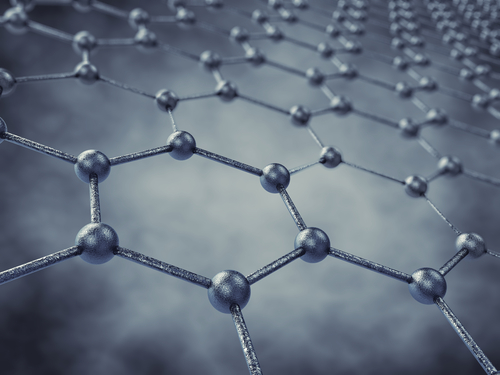Huawei To Support UK Graphene Research Effort

Huawei will work with University of Manchester’s National Graphene Institution to develop applications for ‘wonder material’
Huawei will work with researchers at the University of Manchester to develop graphene-based technologies for consumer electronics and mobile communications as part of a two year project.
Graphene is a ‘wonder-material’ which is one-atom thick and arranged in a hexagonal pattern. It is exceptionally strong, lightweight and flexible, while it also has conductive properties that allow electrons to glow up to 100 times faster than in silicon, the most widely used material in the semiconductor industry today.
The material was first described in 1962, but actual samples were only produced in 2004 by researchers Geim and Novoselov from the University of Manchester, which is now the home of the UK’s National Graphene Institute. Here, 40 commercial partners and 235 researchers are working to develop and commercialise graphene technologies and other related 2D materials.
Graphene investment
 “Working with a leading global technology brand gives us the opportunity to take graphene from the lab to everyday products,” said James Baker, graphene business director at the university. “We are looking forward to working with Huawei over the next couple of years.”
“Working with a leading global technology brand gives us the opportunity to take graphene from the lab to everyday products,” said James Baker, graphene business director at the university. “We are looking forward to working with Huawei over the next couple of years.”
The UK government has been concerned it might fall behind Asia in graphene development and has pledged public money towards its research. The announcement, which has come during a state visit by the Chinese prime minister Xi Jinping, has been welcomed by Chancellor George Osborne.
“Today’s deal between Huawei and the NGI is important recognition of how the UK is leading the way in graphene technology and another example of how science and innovation is playing a key role in building the Northern Powerhouse,” he declared.
It is possible that graphene will eventually replace silicon, but at present, growing sheets of graphene is a difficult and expensive process. There have been significant investments to commercialise the material, but engineers have struggled so far.
Huawei in the UK
A method known as multi-crystal synthesis, which involves synthesising small particles of graphene to make larger quantities, spoils the electric and mechanical properties of the material, removing many of the benefits.
“The UK is at the forefront of world-leading R&D capability in fundamental technology and we’re excited to be working with The University of Manchester,” said Chen Lifang, board director at Huawei. “As the home of graphene, The University of Manchester has enormous expertise and the best facilities for working with the material. We are confident our partnership will help to build a better connected world and contribute to the future of the ICT industry.”
Huawei has invested heavily in the UK over recent years, pledging to spend £1.3 billion by 2017. It has opened a new UK headquarters and is involved in a number of research projects, including the 5G Innovation Centre (5GIC) at the University of Surrey.
Are you up to speed on 4G? Try our quiz!